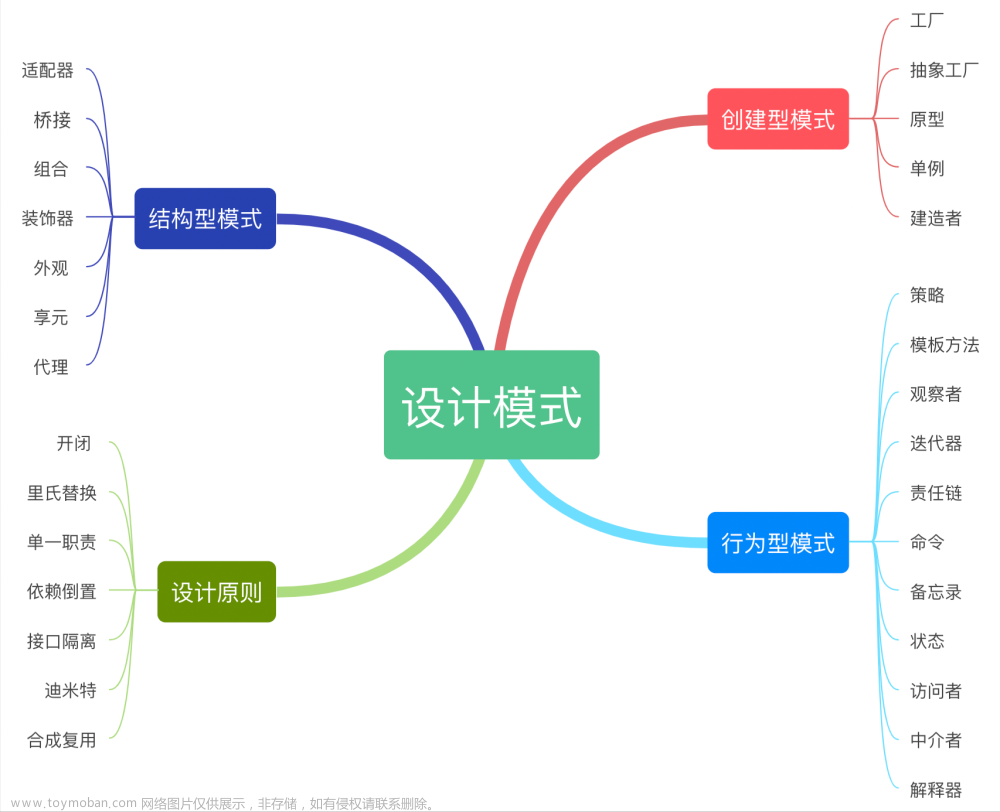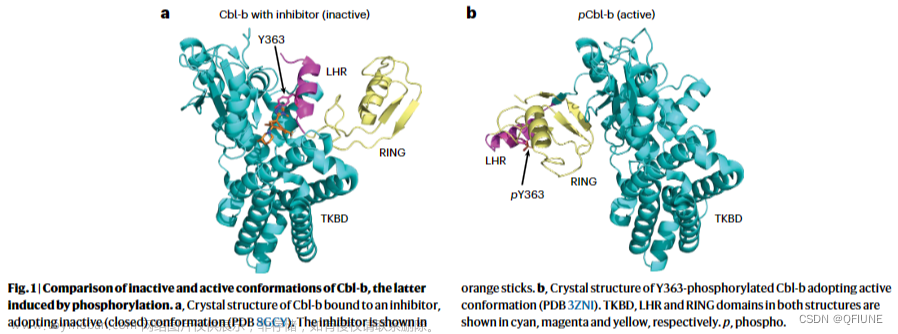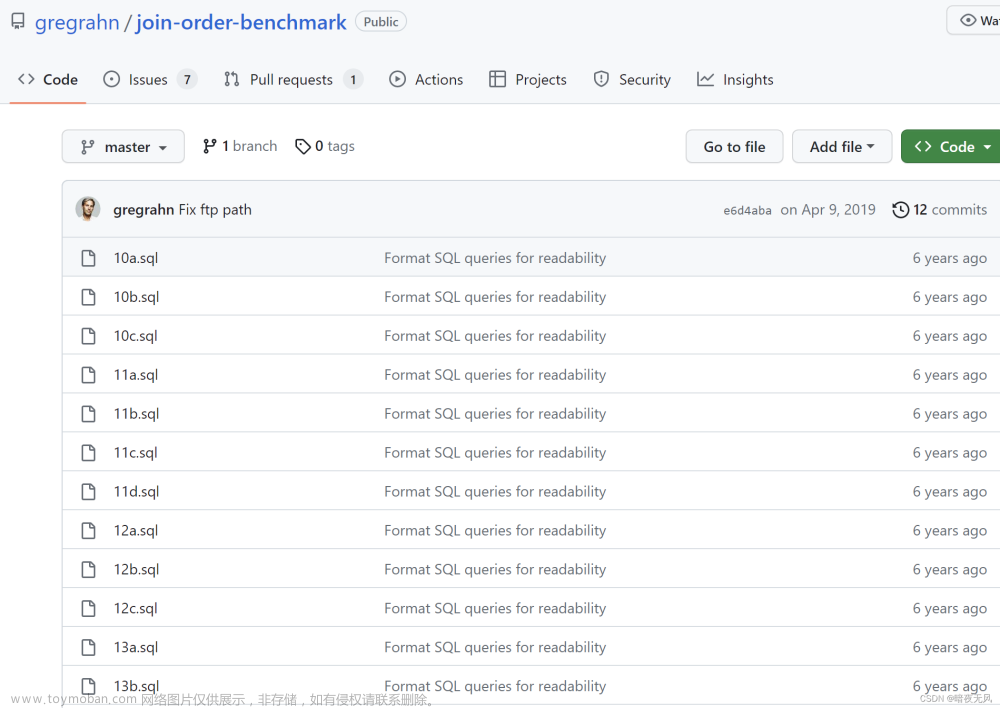
Purpose:
- Establishes a clear and understandable baseline for model performance.
- Helps gauge the value and complexity of an ML model against a simpler, more intuitive approach.
- Facilitates communication and understanding of model performance to stakeholders who may not have deep ML expertise.
Key Steps:
-
Define a simple, interpretable heuristic:
- Choose a rule or strategy that's easy to grasp and aligns with domain knowledge.
- Examples:
- Predicting the average value of a target variable.
- Using a rule-based system for classification.
- Leveraging domain expertise for decision-making.
-
Implement both the ML model and the heuristic:
- Train and evaluate the ML model using standard metrics.
- Apply the heuristic to the same dataset and calculate its performance.
-
Compare model performance to the heuristic:
- Assess how much better (or worse) the ML model performs compared to the heuristic benchmark.
- Consider both quantitative metrics and qualitative factors such as interpretability and resource requirements.
Benefits:
- Communication and understanding: Helps stakeholders grasp model performance in a relatable context.
- Cost-benefit analysis: Evaluates whether the complexity of an ML model is justified by its performance gains over a simpler approach.
- Evaluation of feature importance: Indicates whether the model is truly learning complex patterns or simply replicating simple heuristics.
- Grounding model performance: Helps avoid inflated expectations by setting a realistic baseline.
Best Practices:
- Choose a heuristic that's relevant to the problem domain and easy to explain.
- Consider both quantitative and qualitative factors when comparing model performance to the heuristic.
- Use the Heuristic Benchmark pattern early in the development process to guide model selection and feature engineering.
Example:文章来源:https://www.toymoban.com/news/detail-795456.html
- Problem: Predicting the time interval before a question on Stack Overflow is answered.
- Heuristic Benchmark: Median time to first answer over the entire training dataset.
- ML Model: A regression model that considers various features of the question and user activity.
By comparing the model's predictions to the heuristic benchmark, you can assess whether the model is capturing meaningful patterns or simply replicating the average behavior.文章来源地址https://www.toymoban.com/news/detail-795456.html
到了这里,关于Design Pattern——Heuristic Benchmark的文章就介绍完了。如果您还想了解更多内容,请在右上角搜索TOY模板网以前的文章或继续浏览下面的相关文章,希望大家以后多多支持TOY模板网!



![生成器设计模式(Builder Design Pattern)[论点:概念、图示、示例、框架中的应用、场景]](https://imgs.yssmx.com/Uploads/2024/01/410797-1.png)
![观察者设计模式(Observer Design Pattern)[论点:概念、组成角色、相关图示、示例代码、框架中的运用、适用场景]](https://imgs.yssmx.com/Uploads/2024/02/424092-1.png)







